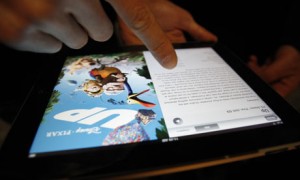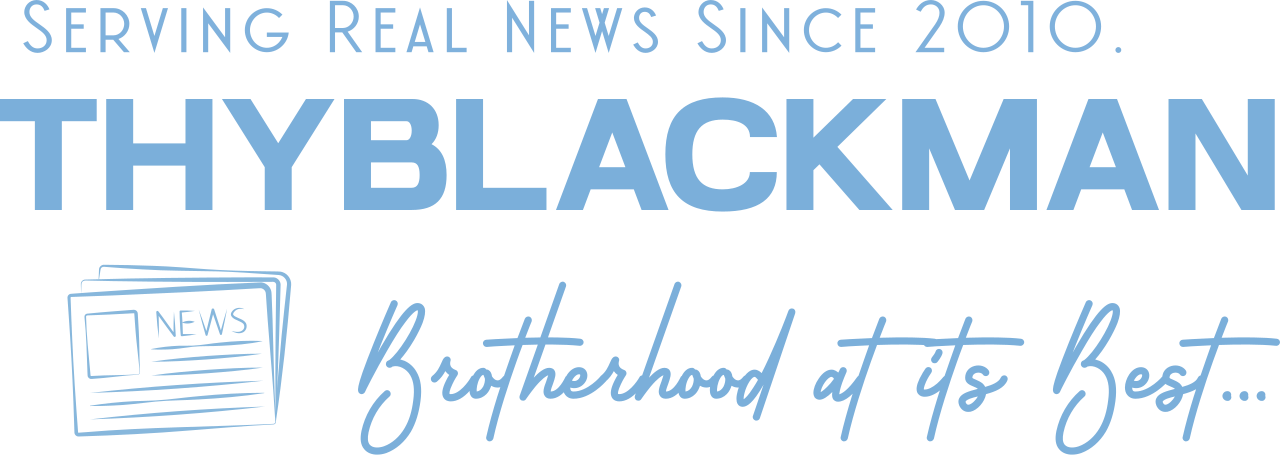(ThyBlackMan.com) A new generation of ‘appbooks’ has the potential to transform how we learn…
Lost in all the hubbub about the new iPad is a simple truth: the iPad will be the first successful mass-market tablet computer.
While every other attempt to make a popular flat computer has fallen flat, even conservative estimates predict millions of iPads will be sold this year  alone. But because there are few precedents with tablets, almost no one has any experience with how everyday consumers will use a thin slab of glass and aluminum that happens to be a blisteringly fast computer. After playing with an iPad for the last week, I’m clear that one area that will be transformed is reading.
alone. But because there are few precedents with tablets, almost no one has any experience with how everyday consumers will use a thin slab of glass and aluminum that happens to be a blisteringly fast computer. After playing with an iPad for the last week, I’m clear that one area that will be transformed is reading.
The Amazon Kindle, as Steve Jobs acknowledged when announcing the iPad, began the revolution of electronic books. But where Amazon went to great lengths to replicate the best of the traditional print reading experience, Apple has opted for a device that more closely resembles a small, flat-panel TV. When reading a novel, the differences aren’t dramatic. The Kindle is lighter and easier to hold with one hand. The iPad has beautiful visual effects for turning pages. Books with illustrations, like children’s books, shine on the iPad’s stunning color screen but still only hint at the full potential of marrying a high-powered microchip with the oldest mass medium.
Where the iPad really demonstrates the future of reading is with appbooks. These electronic books blend the best elements of print, like well written prose and evocative detail, with the best aspects of software, like interactivity. As I and other iPad reviewers noted yesterday, the standout example of an appbook is The Elements, an interactive periodic table, by Theodore Gray. One droll commenter responded to my enthusiasm for The Elements by posting “Wow. I really need to consult the periodic table every day.” Though funny, what the clever netizen missed is how The Elements heralds a new model of interactive book.
Theodore Gary could have offered an electronic book that simply reproduced the beautiful photography from the original hardcover edition. Instead, the iPad edition presents over five hundred exquisite 3D objects that can be fully seen when spun around with the flick of a finger. The effect is jaw-droppingly cool. Woven in with the text and animations is easily accessed reference information about each element, provided by Wolfram|Alpha’s “computable knowledge engine.” For fun, The Elements offers a sort of music video that whips through the 3D periodic table accompanied by Tom Lehrer’s classic and silly 1959 song of all the known elements.
Disney’s Digital Books also suggest the potential of children’s appbooks on an iPad. The two Toy Story appbooks capture the marvelous aspects of richly illustrated children’s books along with features only possible with a computer. The pages are animated and can play music in the background, but the effects are gentle, so they don’t turn the book into a video.
With a tap, a child can turn on the “read to me” feature and a narrator reads through the text as each word on the page is highlighted. This not only makes Disney appbooks engaging for a child who can’t read and doesn’t have an adult readily available; it also suggests the possibility that some children will follow the highlighted words as the narrator talks. From that synchronized reading and listening, children can learn to link written and spoken words. If more publishers jump on this bandwagon, the educational potential of self-paced, narrated and interactive appbooks is enormous. Another endearing aspect of the “read to me” feature is that every page can have a custom reading recorded on the iPad’s built in microphone. Thus a parent can easily record his or her voice reading the book and allow a child to listen to the narration even when the adult is away.
Not all of the appbook experiments are successful. A company called Vook has released several offerings that mix text with video. Their Brothers Grimm Fairy Tales appbook was ugly, and the embedded video added little to the experience of enjoying a classic fairy tale. Even at $0.99, I felt I’d wasted my money.
The better appbooks are reminiscent of the now forgotten heyday of CD-ROM books in the mid-1990s that first combined text with a then newfangled thing called “multimedia.” Voyager, the standout of this short-lived medium, produced high-quality titles like a Companion to Beethoven’s Symphony No. 9. Voyager’s release of the CD-ROM for A Hard Day’s Night was described as “a coffee table book with the movie attached.” Though the era of smart CD-ROM publishing died in the late 1990s with the growth of the Web, little online since then has matched the quality, interactivity and rich integration of multiple media available in the best CD-ROMs.
The promise of appbooks is that a new generation of interactive books has arrived. Unlike the CD-ROM era in which publishers struggled to gain sufficient distribution, now every appbook has a ready market through Apple’s App Store, and, with time, Google’s App Marketplace and others. Moreover, the technology to enjoy compelling interactive books is now relatively easy and affordable. While neither The Elements nor the Disney titles are perfect, they literally speak to how books and reading can be supplemented in ways that were never before possible.
These innovations with appbooks are part of a broader transformation of learning and educational software. Like tablet computing, ed-tech has largely failed to deliver on decades of promise. Both, though, are converging and coming of age as we finally have the right mix of kid-friendly form factors, powerful devices, thoughtful software and enthusiastic buyers. Well-designed textbooks will offer embedded lab-like experiences and simulations. Training manuals will offer effective interactive tutors and self-assessment tools. Children’s books will adjust to different ages and mix reading and games to advance language acquisition (as some of the better computer-based educational software, like Imagine Learning’s offering, already does on PCs).
Granted, most appbooks, like most books, will be mediocre and fail to fulfill the potential of the medium. Similarly, I expect most educational appbooks to be crummy and to fail to genuinely engage and enlighten. A few of the best appbooks, like The Elements, however, will push our thinking in thrilling new directions as they teach, entertain, delight and ennoble. The best appbooks will also show that the long-unfulfilled quest for a great tablet computer was well worth the wait.
Written By Omar Wasow
















Leave a Reply